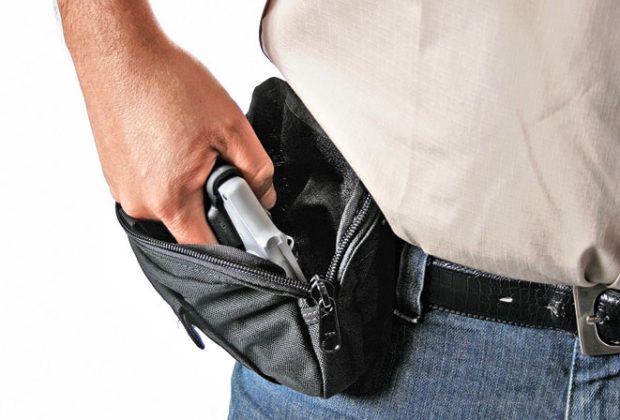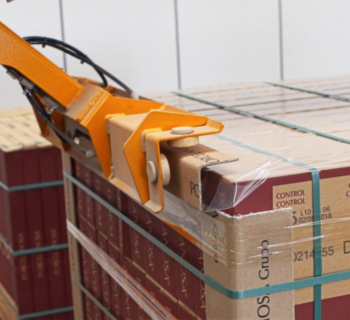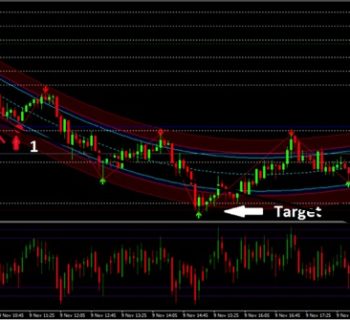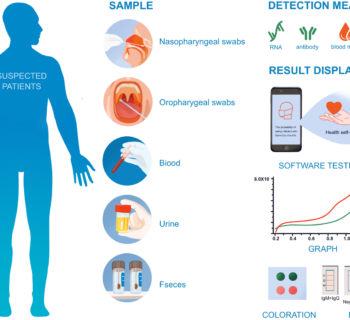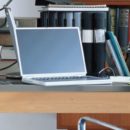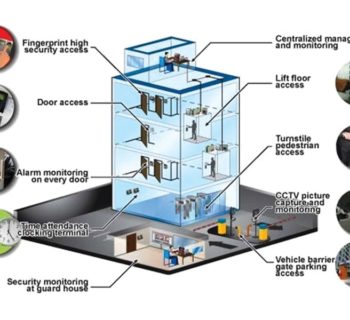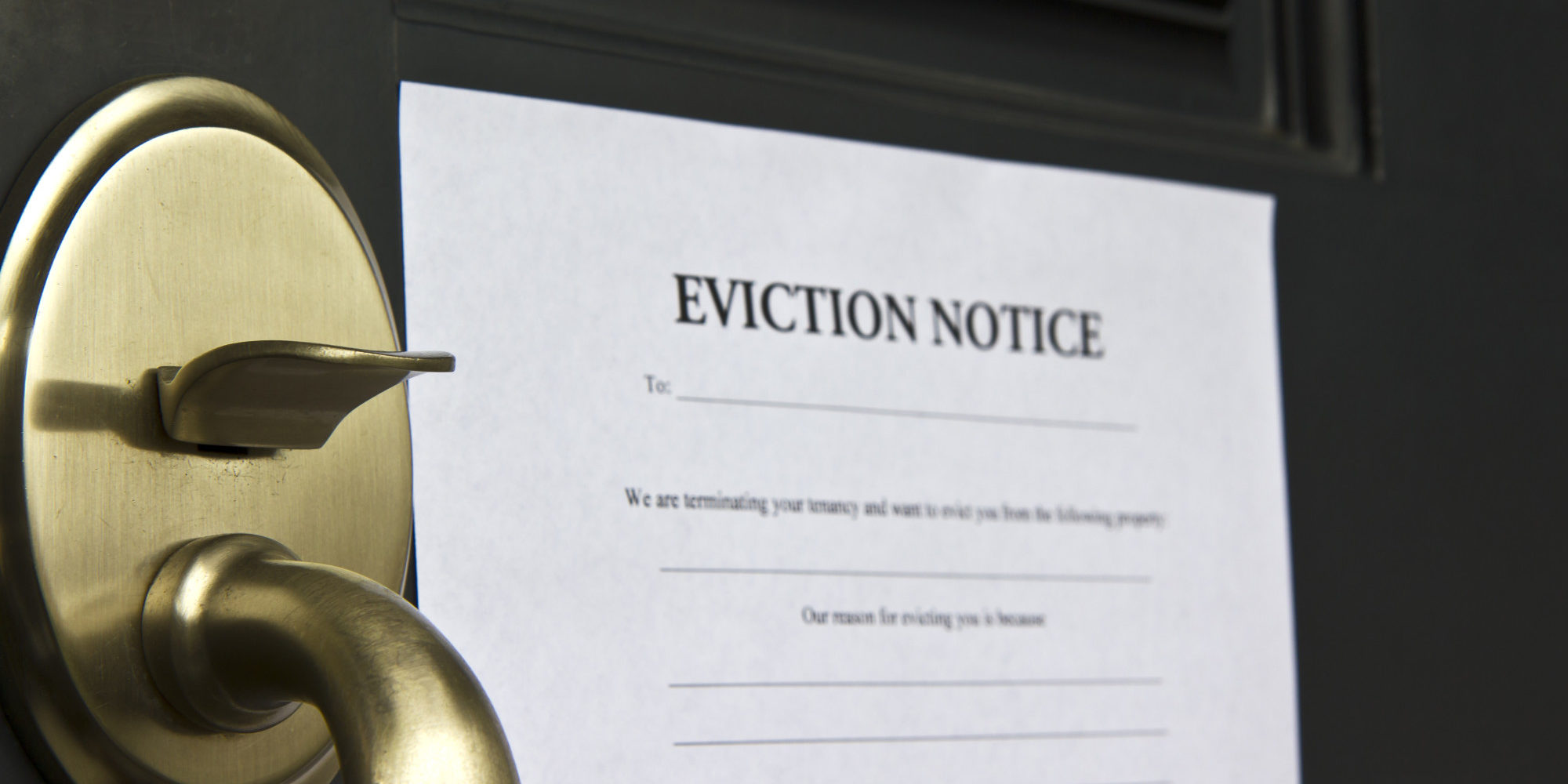If you have been approved for a concealed carry license, you will need proper concealed carry holsters. Your choice of holsters is just as important as your choice of weapon. The right holster can mean the difference between a rapid draw and no draw or full concealment and obvious carrying. Therefore, consider these tips for choosing your holsters.
Security
Your holster should secure your handgun. You don’t want your weapon to wiggle or bounce when you move. You also don’t want it to pop out of the holster. Choose a holster that is made for your gun type. It should be made of sturdy material, such as leather or Kydex. It should also fit around your trigger to prevent accidental firing. You may choose holsters with retention systems that increase their security, but most good holsters don’t need these systems to secure your firearm.
Ease of Use
You should be able to draw your weapon quickly and efficiently from your holster with both hands. Your holster should allow you to draw while sitting with a seat belt across you in your car as well as standing or running. Although it should conceal your weapon, you must be able to access your weapon easily.
Comfort
This is a case where comfort should be chosen over style. If your weapon and carrying method are not comfortable, you will tend to move, touch and adjust it, which will signify that you have a concealed weapon, or you won’t wear it at all. In addition, improper holsters may rub or chafe your skin.
Test your holster by wearing it. Run, jump, sit and drive around to ensure it is going to be comfortable.
Choose Quality Over Price
Budget holsters may be easy on your pocketbook, but they may not provide the security and stability you need. Consider your holster, just like your weapon, an investment.
Consider Your Clothing
If you wear tight clothing, you will choose a different holster and carry position than someone who wears looser, heavier clothing. Concealing your weapon is the end goal, so you want it to be out of sight as much as possible. For example, someone wearing a short dress or tight pants should not wear an ankle holster.
After you have chosen and purchased your holsters, practice drawing and firing your weapon to get used to the movement required to draw your weapon. Make sure you can draw from each holster without friction or catching on clothing and that you can fire quickly and accurately with each weapon you own.


